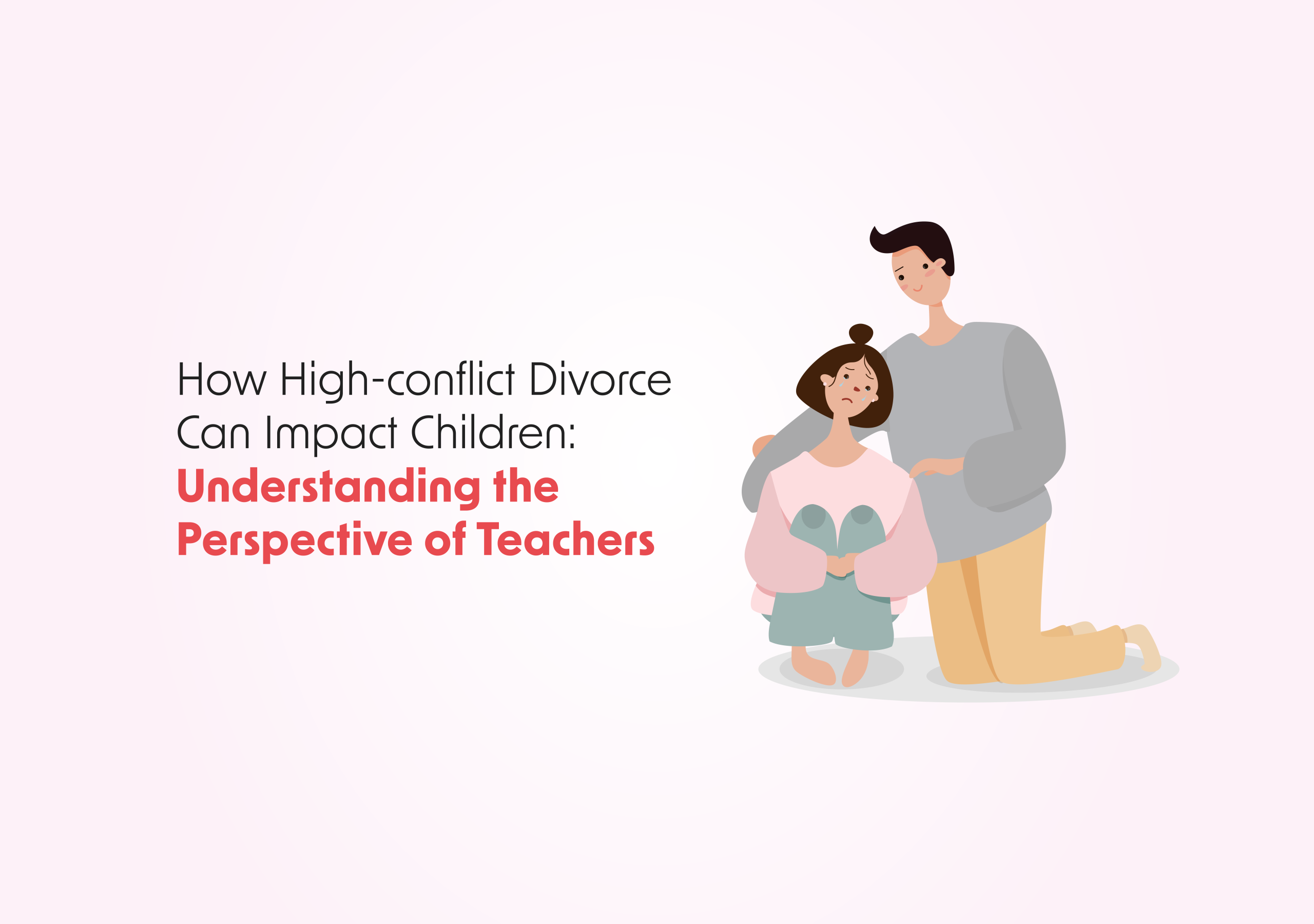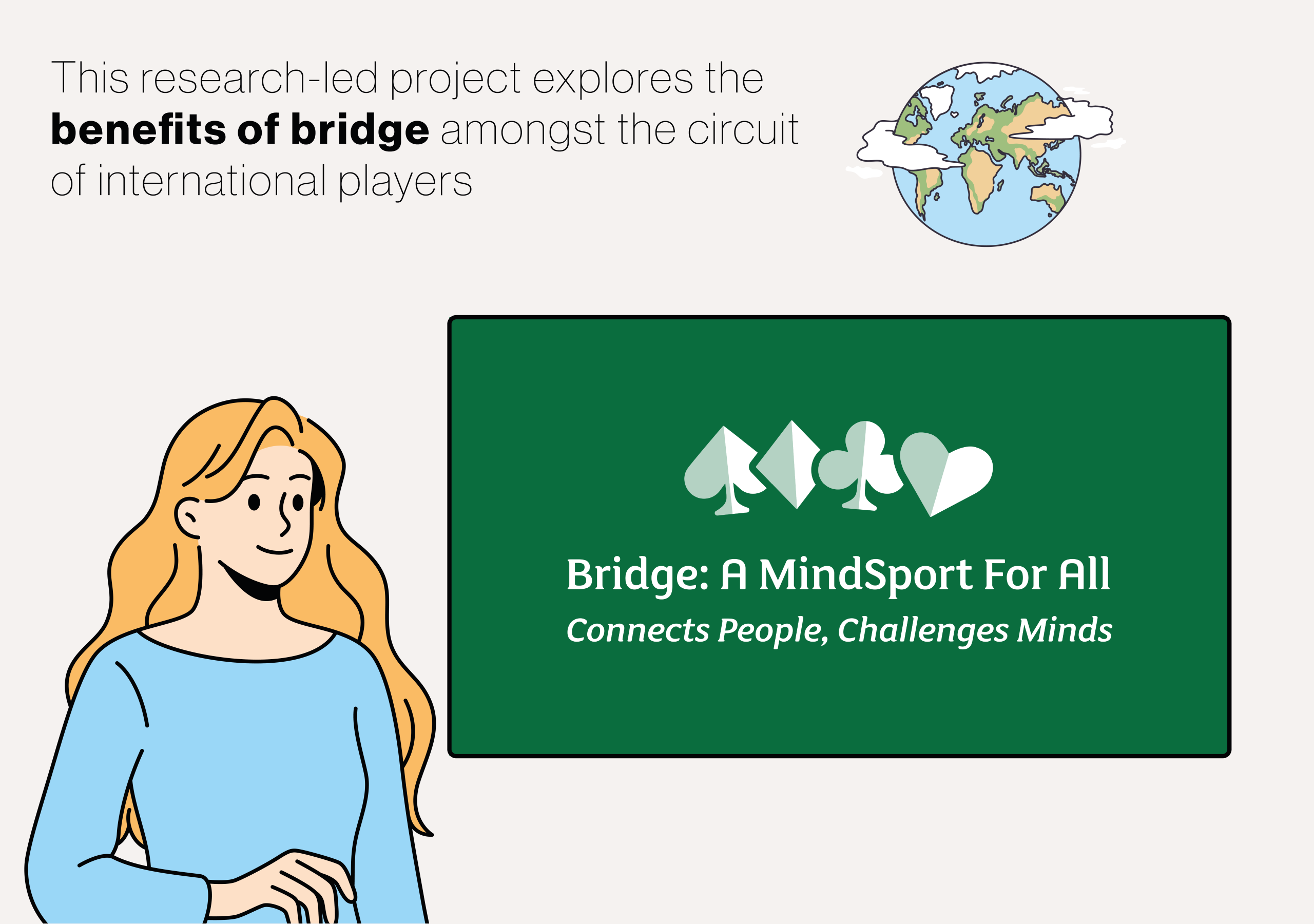Research from Dr Aikaterini-Christina Koula at Manchester Metropolitan University reveals how legal systems are increasingly being weaponized to silence human rights defenders, particularly in Europe. Her work introduces a taxonomy of violations perpetrated through the legal system and demonstrates how these tactics deviate from human rights standards, offering valuable insights for academics, practitioners, and defenders alike. More
Human rights defenders (or HRDs) are essential for the realization of human rights, democracy, and the rule of law. They work to create fair and just societies by promoting rights, speaking out against violations and corruption, documenting abuses, raising awareness of abuses within society and bringing them to the attention of international institutions and government officials. HRDs can be individuals, groups, or organizations working across diverse contexts, from democratic states to authoritarian regimes and conflict zones. Professionals such as lawyers, journalists, and trade unionists may also serve as HRDs.
The term “human rights defender” encompasses a broad range of individuals and groups advocating for human rights. While there is no specific definition, the United Nations establishes an activity-based approach. According to this approach, anyone promoting and protecting human rights through peaceful means is considered a defender.
HRDs often face significant risks in their work. By uncovering uncomfortable truths and pointing out flaws in democratic systems, they may be viewed as threatening by those being criticized. Consequently, defenders frequently experience various forms of retaliation aimed at silencing them, diverting their attention from human rights work, or discrediting their findings. Prosecution on false charges, surveillance, abuses, death threats, arbitrary arrests, and detention, harassment, disappearances, torture, and assassination are commonly used methods against all defenders.
Dr Koula’s research identifies two primary categories of violations against HRDs: those occurring outside the legal system and those committed through the legal system. Traditional violations outside the legal system include threats, murders, enforced disappearances, and torture. However, there is a growing trend of using the legal system itself, either through laws or administrative and punitive mechanisms, to target and silence defenders.
According to data from the UN Office of the High Commissioner for Human Rights and NGOs, at least 1,323 defenders were killed worldwide between 2015 and 2019 due to their human rights activities. In 2020 alone, despite pandemic lockdowns and restrictions, more than 20% of defenders experienced physical attacks, torture, or harassment, and 331 defenders were killed. During the same period, 20% of defenders were forced to refrain from their human rights activities on grounds of national security and public order, with a similar percentage facing defamation charges or accusations of supporting terrorism.
The nature of violations against HRDs varies by region. In South America, Africa, and Asia, physical attacks, enforced disappearances, and murders are widespread. In Europe, however, the use of the legal system has become the primary strategy against defenders. This approach allows European states to maintain their reputation for respecting human rights while still suppressing defenders’ activities.
Dr Koula proposes a taxonomy of violations through the legal system, identifying three main types: (a) creating and using laws explicitly targeting HRDs, (b) using existing laws that have a differential effect on HRDs, and (c) using punitive instruments to impact HRDs.
The first category involves legislation specifically designed to restrict defenders’ activities. A prominent example is legislation requiring civil society organizations to declare their funding sources, particularly foreign funding. The most well-known instance is Russia’s Foreign Agent Law, which has served as a model for similar restrictive measures in other European countries. Under this law, organizations receiving even small amounts of foreign funding must register as “foreign agents” – a term with strong negative connotations in Russia, often associated with spies or traitors.
In June 2022, the European Court of Human Rights ruled in the case of Ecodefence and others v. Russia that the Foreign Agent Law was incompatible with freedom of expression and association. The Court found that the restrictions imposed were not necessary in a democratic society as no sufficient reasons related to national security and financial transparency were provided. The legal regime created a “strong deterrent and stigmatizing effect” on defenders’ operations, with many organizations suspending their activities after facing substantial fines. Although Russia has withdrawn from the Council of Europe, the decision set a precedent for similar cases.
The Russian Foreign Agent Law has been influential in shaping the approach of other jurisdictions in Europe towards restricting the right to access funding. In 2017, Hungary adopted a foreign agent-type law requiring civil society organizations receiving grants from abroad to register their donors and label themselves as “foreign-funded.” The Court of Justice of the European Union ruled in 2020 that this Hungarian law violated fundamental principles of the EU, including the free movement of capital and rights to respect for private life, data protection, and freedom of association.
The second category in Dr Koula’s taxonomy involves the use of existing laws that were enacted for different purposes but are exploited to target defenders. Counter-terrorism legislation, with its often vague and broadly interpretable language, has been widely used to stigmatize defenders and curtail their activities. For example, in Turkey, anti-terrorism laws have been weaponized against peaceful individuals defending human rights, with approximately 1,220 defenders experiencing judicial harassment based on such legislation in the last three months of 2021 alone.
Defamation laws and Strategic Lawsuits against Public Participation (or SLAPPs) are another common mechanism used to silence defenders. SLAPPs are typically brought by non-state actors such as politicians, corporations, and powerful individuals to financially drain defenders, create doubt about their activities, and distract them from their work. According to the Business and Human Rights Resource Centre, between 2015 and 2018, oil and gas corporations filed 24 SLAPPs against 71 defenders, seeking more than $904 million in damages. These lawsuits have proliferated across Europe, particularly in Bulgaria, Slovakia, Italy, and Greece.
In recognition of this growing threat, the European Commission proposed a directive in April 2022 to tackle SLAPPs, outlining protective measures including allowing judges to quickly dismiss unfounded lawsuits, providing compensation for damages, and imposing penalties to discourage abusive litigation. The directive was eventually published in April 2024.
The criminalization of certain conducts and behaviors is another tactic that indirectly targets defenders. When states make specific activities illegal, individuals or organizations promoting or encouraging these activities may also face criminalization. For instance, in Poland, restrictive abortion legislation enables the prosecution of women and reproductive rights defenders who speak out for abortion access or assist women seeking to terminate pregnancies. Similarly, in several European countries including Switzerland, France, Malta, Croatia, Greece, and Italy, migrant and refugee rights defenders have been prosecuted for providing shelter or support to asylum seekers or irregular migrants.
The third category in Dr Koula’s taxonomy involves the use of punitive instruments, meaning the methods and procedural mechanisms within the legal system that can be misused to penalize, harass, or obstruct HRDs. These include arbitrary arrests and detentions, false charges, failure to inform defenders of charges brought against them, refusal to admit key evidence, lengthy judicial proceedings, and prolonged pre-trial detention. Though such judicial harassment is more common in regions such as South America, it also occurs in Europe. Recent examples include the detention and interrogation of refugee and migrant defenders in Greece, arbitrary arrests of pension protesters in France, and the detention of pro-Palestinian demonstrators across multiple European countries.
Dr Koula argues that these legal tactics represent a form of “lawfare” – the use of law as a weapon to achieve objectives traditionally pursued through other means. In this context, defenders’ activities and voices are treated as threats to the interests of state and non-state actors, who respond by employing legal strategies against them.
The implications of these tactics extend beyond individual defenders. When HRDs are unable to carry out their work, human rights abuses may go unaddressed, potentially perpetuating cycles of violence and discrimination, eroding the rule of law, and undermining democratic institutions. The use of legal systems to silence those advocating for rights and democracy constitutes a “double blow” to the rule of law and democracy: first, by violating the rights of individuals who should be protected by laws and mechanisms, and second, by fostering a society with repressive policies where fewer voices are available to protest and document human rights violations.
Dr Koula’s work reveals a concerning paradox in Europe’s approach to human rights defenders. While European institutions such as the Council of Europe and the European Union publicly support and promote the role of defenders, many European states simultaneously employ legal tactics to suppress their activities. This hypocrisy undermines the region’s commitment to human rights and democratic principles.
By establishing a categorization of violations committed through legal systems, Dr Koula’s research enhances understanding of these repressive governance tactics and emphasizes their deviation from human rights standards. Her work provides a valuable framework for identifying and addressing the growing global trend of using law to target human rights defenders.







